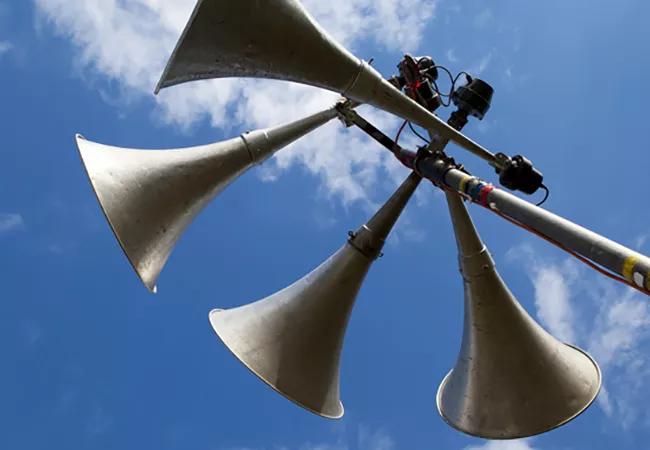Analysis suggests need for strategies to better reflect STEMI care quality

The Centers for Medicare & Medicaid Services (CMS) algorithm for public reporting of door-to-balloon time (D2BT) performance appears to artificially inflate hospital D2BT performance, concludes a Cleveland Clinic study presented at the American College of Cardiology’s 67th Scientific Session (ACC.18).
Advertisement
Cleveland Clinic is a non-profit academic medical center. Advertising on our site helps support our mission. We do not endorse non-Cleveland Clinic products or services. Policy
“CMS publicly reported door-to-balloon times for each hospital performing primary percutaneous coronary intervention [PPCI] in patients with ST elevation myocardial infarction (STEMI) in the United States over the past decade,” says Cleveland Clinic fellow Chetan Huded, MD, MSc, who presented the study. “However, the impact of patient exclusions on hospital performance is unknown. We undertook this analysis to explore that impact.”
He and colleagues reviewed all cases of ST elevation myocardial infarction (STEMI) treated with PPCI at Cleveland Clinic from 2011 through 2016. For all cases they prospectively applied the CMS algorithm to assess reasons for excluding patients from public reporting of D2BT as well as the impact of these exclusions on the proportion of patients treated within guideline recommendations (i.e., D2BT ≤ 90 minutes for patients not being transferred and ≤ 120 minutes for those undergoing interhospital transfer).
The researchers found that of the 1,272 STEMI patients treated with PPCI, 1,064 (84 percent) were excluded from D2BT public reporting. Reasons for exclusion were as follows:
The CMS-included and CMS-excluded patients were comparable in terms of baseline comorbidities and rates of post-PPCI recurrent MI, cardiogenic shock, heart failure, stroke, new dialysis, vascular complications and bleeding.
Advertisement
Notably, the proportion of patients treated within guideline-recommended D2BT was 93 percent among CMS-included patients versus 70 percent among CMS-excluded patients (P < .001).
“We found that five out of six patients with PPCI-treated STEMI are excluded by the CMS algorithm for public reporting of door-to-balloon times,” says study co-author Samir Kapadia, MD, Director of Cleveland Clinic’s Sones Cardiac Catheterization Laboratory. “This is a striking rate, and in this study it improved perceived compliance with door-to-balloon time benchmarks.”
“Through patient exclusion, the CMS algorithm artificially inflated hospital door-to-balloon time performance, and this appears to have obscured the true quality of STEMI care provided by hospitals,” adds senior author Umesh Khot, MD, Vice Chair of Cardiovascular Medicine at Cleveland Clinic. “We believe that CMS D2BT public reporting should include all STEMI patients treated by primary PCI to ensure accurate representation of the quality of care delivered in hospitals.”
Advertisement
Advertisement

Further acute testing not needed if ECG and high-sensitivity troponin are negative

Scott Cameron, MD, PhD, also brings wide-ranging research interests to bear

Pioneering U.K. vascular surgeon joins Cleveland Clinic

AHA statement is first comprehensive document on perioperative stroke reduction

Recognition reflects prioritization of long-term patient outcomes

Recommendations help distinguish exercise-induced remodeling from pathology

JACC review highlights factors unique to women, ways to tailor management

Pushing the envelope in ablation of atrial fibrillation, ventricular tachycardia